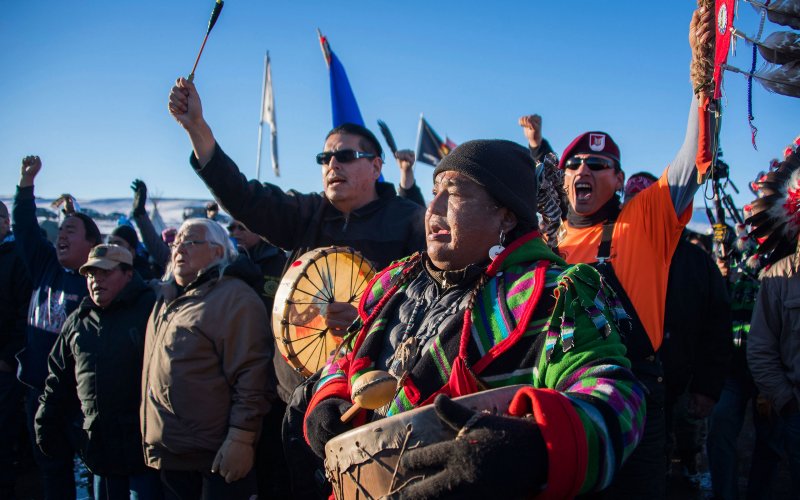In our six years as an indie publisher, Boom-Books has experimented with a variety of ways to create and distribute e-books.
Whether you love or hate Amazon, we all know it dominates 21st-century book publishing. Amazon created Kindle, the top vehicle for buying, reading, and publishing e-books. Most e-publishers start there, and many end there, too. Boom-Books currently distributes Charisse Howard’s spicy “Regency Rakes & Rebels” romances only through KDP Select, which offers them free to Kindle Unlimited subscribers and for $2.99 on Amazon.
In contrast, Boom-Books author C J Verburg’s mystery novels and theater memoir originally were published on Kindle, Nook (Barnes & Noble), Kobo, iTunes, Google Play, and the diverse smaller outlets available through Smashwords. Smashwords is a both a distributor (selling e-books from its own website) and an aggregator (distributing e-books to other sellers). It’s less aggressively commercial than Amazon, but it too can be a one-stop shop for an indie publisher. You upload your book files, Smashwords runs them through its Meatgrinder, and out pops an e-book, which the publisher can choose to sell through any or all distributors from Amazon to Apple.
The up side of one-stop publishing with Smashwords is not having to set up and monitor each individual book with each individual distributor. The down side is that Smashwords’ Meatgrinder treats all books alike. We found that if a book wasn’t formatted very simply, or if it failed to follow Smashwords’ long instructions exactly, it might come out looking different on different sites and devices (for instance, on Nook vs. iTunes), or develop a weird glitch, such as random indents on Kindle. Although Smashwords has continually improved its manufacturing and distribution, we concluded over time that it works better for some genres than others, and wasn’t a go-to site for most of our mystery or memoir customers.
So we were intrigued to discover Pronoun, an e-publisher and aggregator launched in 2015. We’d investigated its innovative parents: Vook, a digital book publisher that combined text, video, and links to the internet and social media, and Byliner (now an imprint of Pronoun), home of yellow-covered “long-form journalism for a short-form world.” They developed such impressive analytics — which they plowed into Pronoun — that the new company was immediately acquired by Macmillan.
This was the e-publisher we chose for Zapped, C J Verburg’s second Edgar Rowdey Cape Cod mystery. Here’s the book’s Pronoun page:
 Publishing on Pronoun is free, as it is on most reputable sites. Books are sold through the five major e-retailers: Amazon, iBooks, Barnes & Noble, Google Play, and Kobo. Unlike most aggregators, Pronoun pays the author 100% of royalties after the retailer’s cut.
Publishing on Pronoun is free, as it is on most reputable sites. Books are sold through the five major e-retailers: Amazon, iBooks, Barnes & Noble, Google Play, and Kobo. Unlike most aggregators, Pronoun pays the author 100% of royalties after the retailer’s cut.
In the 21st-century spirit, Pronoun’s website encourages potential users to sign up first and ask questions later. The tone is on the twee side: customer service comes from an Author Happiness Advocate. Instead of a Smashwords Meatgrinder turning diverse manuscript formats into one, Pronoun offers its authors six format templates: Shelley, Didion, Austen, Lamott, Rowling, and Sandberg. During the upload process, it provides useful data feedback on the popularity of sales categories and keyword options. We were particularly pleased to be e-mailed a link upon publication for free review copies — not available from Amazon, where even the author has to pay for the book.
Another Pronoun feature is its often helpful blog, The Verbs:
Sales since Zapped‘s November 29 e-launch have been modest, but we’re cautiously optimistic. If you’ve tried Pronoun, we’d love to hear about your experience.








